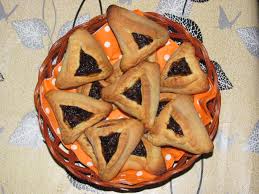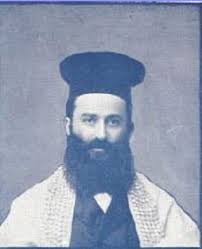A Faird Is a Jewish Horse, of Course!

Soon we will once again hear the story of Mordechai, who was taken for a ride on the King’s horse, led by the infamous Haman. That was a Persian horse, but did you ever hear about a Yiddisher faird?” So now you are laughing: a Jewish horse? What’s that!?
Many of the Yiddish misehs (tales) of the Old Country, by Sholom Aleichem, were about Tevya der milchiger (Tevya the dairy man), later written into a play entitled Fiddler on the Roof. Tevya delivered dairy products to the folks in his Russian village. One day the anti-Semitic government officials decided to expel the Yidden from their shtetl (town) as was the custom in many sections of Europe. Prior to leaving, Tevya goes to the barn and thanks his faird for pulling his dairy wagon for so many years. Of course, he speaks to his horse in Yiddish.










